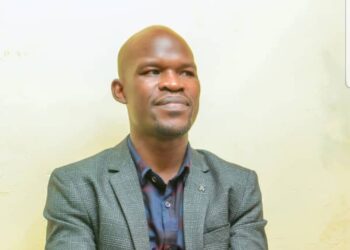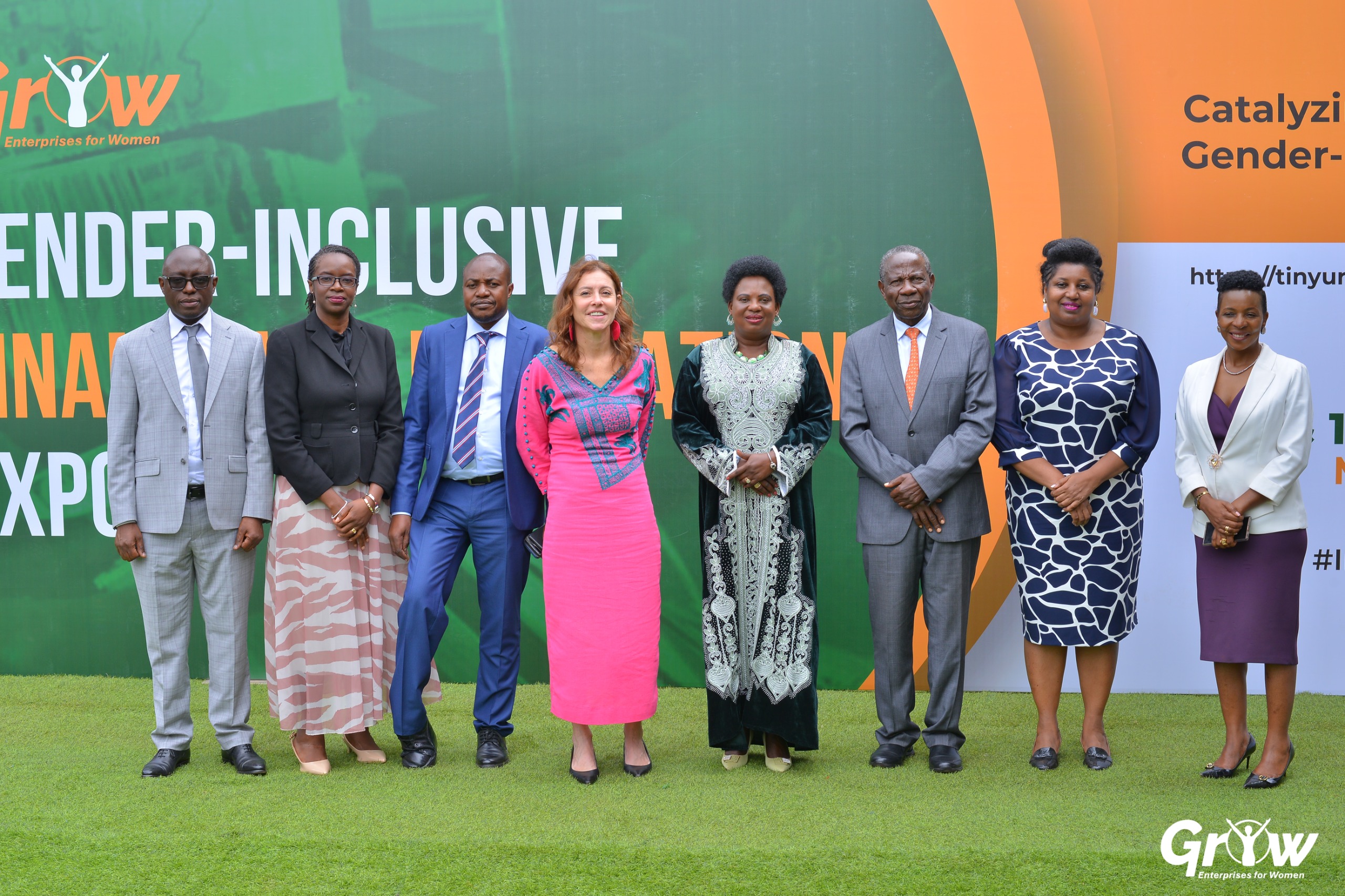Uganda’s manufacturing subsector has a high potential for the following: enhanced economies of scale and factor productivity due to technological upgrades; deeper, more dynamic and stronger forward and backward linkages not only within the sector itself (upstream and downstream activities), but also with other sectors; and greater diversification into a variety of economic activities. All these factors create opportunities for employment creation and income generation. Furthermore, Uganda is endowed with several rich natural resources and these offer many downstream manufacturing opportunities, which present several employment opportunities once exploited and industrialisation is the means through which these can be unlocked and benefits realised.
Therefore, there is a need to develop a clear strategy, to guide all players on the path to take as the country works towards achieving Vision 2040.
Comparison with East Asian Countries
On several occasions, Uganda’s level of economic development was compared to that of the East Asian countries like Singapore, Malaysia and South Korea and expected to be at this level. This has been the case because these countries were considered to be at almost the same level of economic development in the 1960s. The per capita income of these countries was in the range of USD 130 and 400 in the 1970s and therefore the expectation is that they should at least be in similar ranges 40 years down the road.
The GDP of Malaysia, Singapore and South Korea tremendously increased over the period, while that of Uganda did not make significant improvements. The trend of growth exhibited by the four countries is completely different. Twenty years down the road after 1960, in 1980, the GDPs of Uganda, Singapore, Malaysia and South Korea were USD 1, 11, 24 and 67 billion respectively. Currently, the GDP of the three countries is USD 49, 292, 296 and 1377 billion respectively.
Though the GDPs of Singapore and Malaysia are at the same level, the small population size and land mass of Singapore allow its citizens to have a higher standard of living, which is even better than that of South Korea.
Uganda’s slow pace in economic development is partly explained by the political instabilities that the country experienced between 1966 and 1986, yet the East Asian countries, to some extent, did not experience such instabilities. This accounts for 20 years of destruction of infrastructure and systems in Uganda that would have delivered the desired inputs to economic development. If these 20 years are offset from Uganda and the yardstick starts at probably 1990, it implies that 30 years down the road (2024) the nation’s economic development should at least be at 75% the level (given that they were not at the same level of development) where the East Asian countries were in 1980, especially with Malaysia, which has similar characteristics to Uganda. However, the case presented is very different.
This may imply that even if Uganda had not experienced political instability over the 20 years, it might not have been as developed as the East Asian economies (or even halfway their current GDP). This therefore may point to the strategies that have been drafted by the various governments as far as driving Uganda’s economy to a developed status is concerned. There is therefore a great need to examine the strategies taken by Uganda to boost economic development, with lessons from those steps taken by the East Asian countries as the country looks at paving the way to achieving Vision 2040.
Lessons from the South Asian Countries
Analysis of the development paths of the East Asian countries can be made and some lessons drawn on how to drive Uganda’s economy to middle-income status, especially through industrialisation. From Table 1, it can be noted that in terms of economic activity, size of the country and population, Uganda can relate to South Korea and more closely to Malaysia. Nonetheless, Singapore can still offer lessons that can be used to draw useful practices and policies to drive Uganda’s economic development.
In Uganda’s case, the service sector has made a significant contribution to GDP since 1960. However, since the service sector employs mostly highly skilled personnel and does not offer a large number of jobs, the industrial sector was boosted to provide the needed employment and its contribution to GDP increased from 21.2% in 1960 to 37.8% in 20 years in 1980. In the subsequent years, the industrial contribution to GDP was maintained at an average of about 34%.
It can be noted that particularly, manufacturing was driving the industry’s contribution to GDP. In the case of Uganda, it is a construction that is making the biggest contribution to the industrial sector. Specifically for Singapore, the manufacturing subsector contribution to industry moved from 11.2% in 1960 to 27.5% in 20 years in 1980. Though the subsector contribution slumped to a low of 20.9 in 1985, its average contribution to industrial growth was maintained at about 25% over the years. Manufacturing has a great potential of creating jobs, upgrading low-price raw materials to high-value commodities and advancing the use of technology in an economy.
Uganda’s economy may be deemed to have been related to those of South Korea and Malaysia in the 1960s in a way that both had the agricultural sector and the service sector as the biggest contributors to GDP. Industry was making a small contribution, especially in the case of Uganda and South Korea.
Important conclusions that led to the observed level of economic development seen today in the three countries can be made. First, it can be observed that all three countries maintained and enhanced the level of service sector contribution to economic development over the years. It implies that the services that were required to support economic development were in place and enhanced over the years in the three countries.
Secondly, it can be noted that as Malaysia and South Korea moved out of the agrarian economy, they equally boosted their industrial sector to replace the vacuum that was being created by the declining agricultural sector. On the other hand, as Uganda’s agricultural sector declined over the years, its industrial sector did not get the necessary boost to take up the vacuum that was being created in the economy as was the case for Malaysia and South Korea. This seems to be changing of late. This could probably be one of the reasons why Uganda’s economy did not take off, but seems destined to, as those of its counterparts in East Asia.
Though Uganda’s industrial sector contribution to GDP since 1990 to date was growing at a faster rate, 9.17%, than that of Malaysia, 5.32% and Singapore, 5.79%, it never made any major impact on pushing the economy forward. This could probably be because Uganda’s industrial sector was driven by construction rather than manufacturing, as was the case for Singapore, Malaysia and South Korea.
Industrialisation in Malaysia and South Korea were boosted over the years to levels beyond 30% contribution to industry but that of Uganda remained below 10% over the years.
Therefore, it can be noted that if Uganda is to require industrialisation to drive economic development towards achieving Vision 2040, there is a great need to boost the manufacturing sector to harness its numerous benefits; and create linkages that will boost the other sectors especially agriculture that employees 70% of the population, turn the existing minerals into high-value commodities and create the highly-needed employment. Currently, Uganda’s manufacturing sector consists predominantly of last-stage (end-product) assembly and raw material processing, a high share of which is food processing. All these are low-value-added activities and when it comes to export, such products are very sensitive to market price fluctuations which make forex earning very unpredictable. The country thus needs to move away from this pattern by boosting industrialisation.
Interventions Employed by the East Asian Countries
To achieve the economic growth that the East Asian countries realised through industrialisation, several strategic interventions were undertaken over the years. According to Pundy Pillay, 2010, South Korea generally;
・ Boosted the development of a vigorous, export-oriented manufacturing industry with a progressive shift towards high technology;
• 1/3 (35%) of the civilian labour force is employed in manufacturing
• 2/3 (64%) are in the service sector
・ Has a current economic policy that favours a continued strong manufacturing sector with a higher technological base, rather than a significant shift towards the service sector.
• Expansion of knowledge-based industries,
• High and medium technology and knowledge-intensive manufacturing
・ Invested in education and raised a highly educated labour force. South Korea’s abundant labour compensated for a lack of natural resources and allowed sustained industrial financing that, in turn, helped increase labour productivity and growth in the economy (Shin-Haing Kim, 2007).
Specifically, South Korea introduced interventions and policies that drove industrial growth from one level to the next gradually, depending on the prevailing national conditions and needs.
A Rostowian take-off of the Korean economy was possible through risk-taking by the state led by President Chung-Hee Park, in collaboration with the early chaebol founders. Joint risk-taking by the state and businesses connected to the credit supply, which was controlled by the government. From 1960 to 2004, an alternate sequence of financial repression and financial liberalisation occurred at approximately decadal intervals.
Successful growth performance of the state, entrepreneurs, a highly qualified workforce, and well-trained bureaucrats and firm managers were the factors that contributed to the transfer of technology and applications from contacts with foreign marketing personnel, engineers and scientists, and helped the market open. Acquisition of knowledge and know-how through spill-over effects from imported capital goods and intermediates could be another factor which contributes to the transfer of technology.
The writer is the Deputy RCC For Soroti Eastern Division
Do you have a story in your community or an opinion to share with us: Email us at editorial@watchdoguganda.com














